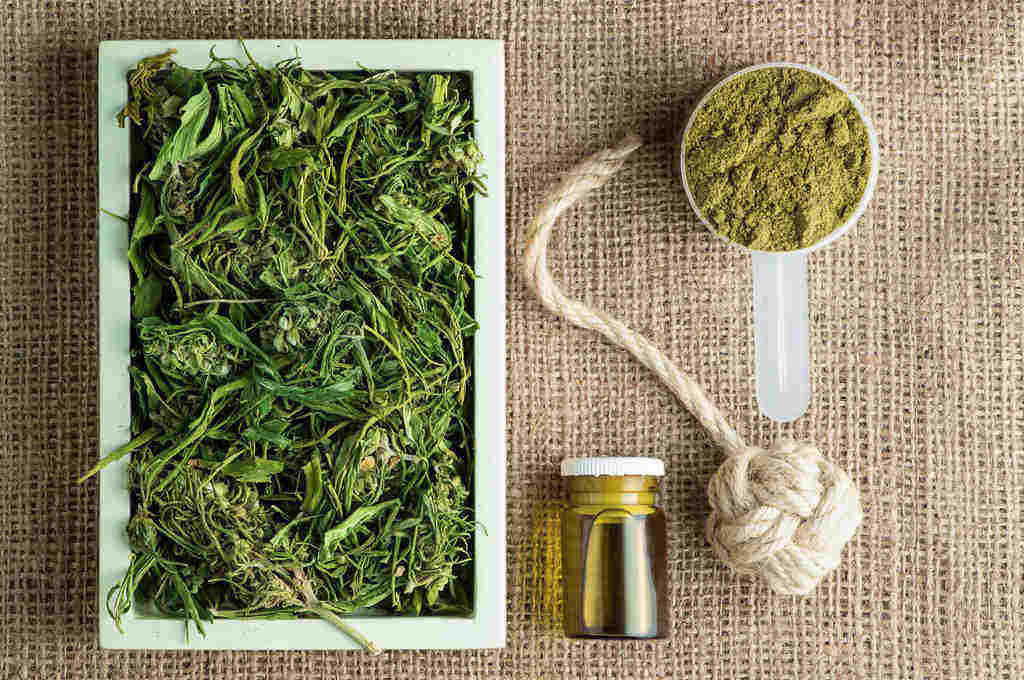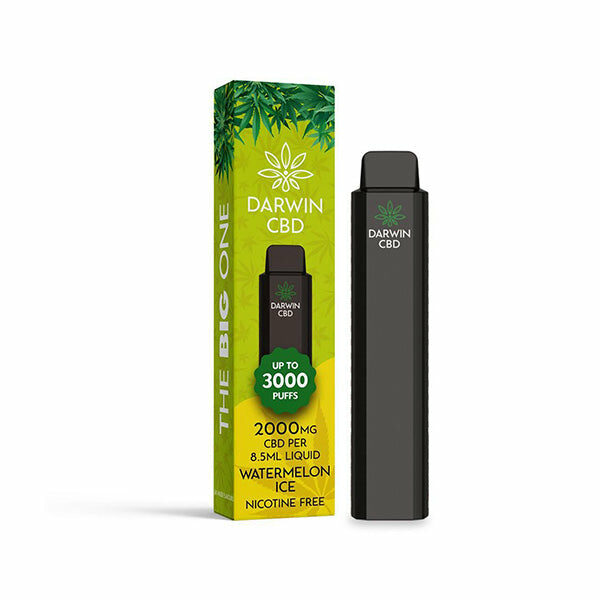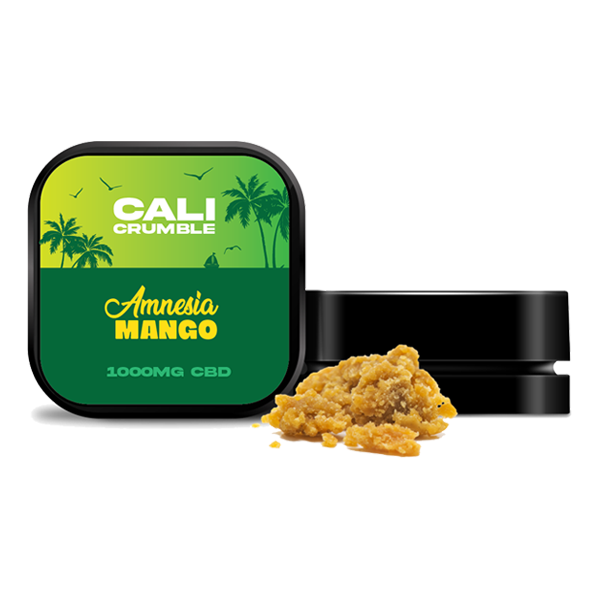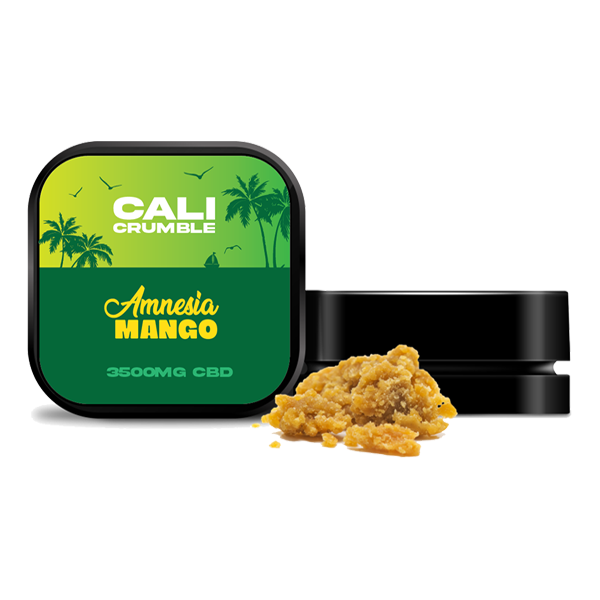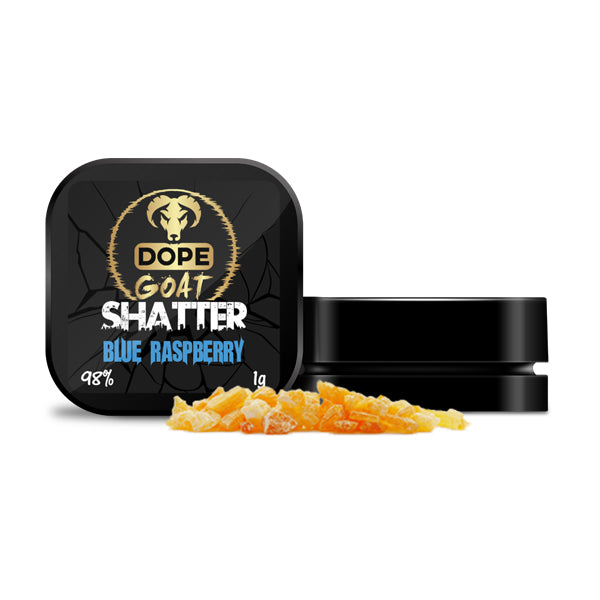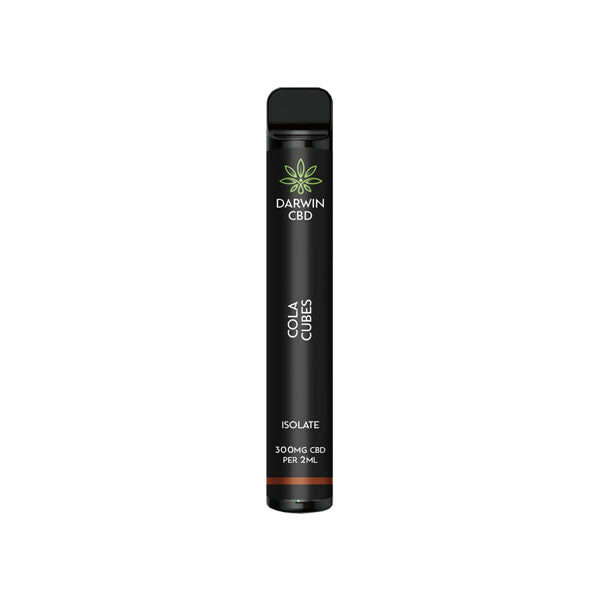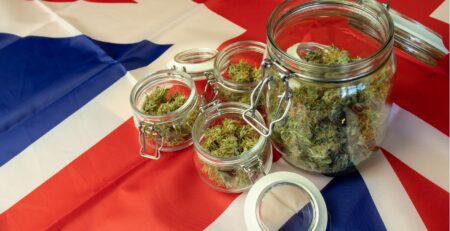Three Things You Dont Know About Industrial Hemp
Hemp is one of the fastest growing plants in the Northern Hemisphere and the term industrial hemp refers to the production and cultivation of the plant for industrial and commercial uses. Hemp itself is a strain of the cannabis sativa plant, but with a much lower THC content and so is more likely to be used for industrial purposes for its non-psychoactive natural qualities rather than used for recreation.
-
CBD Products, CBD Vape, CBD Vape, Disposable Vape Pens, Vaping Products
Darwin The Big One 2000mg CBD Disposable Vape Device 3000 Puffs
£19.00
For hemp, the creation of paper, textiles, clothing, biofuels, food, and biodegradable plastics are all possible on a mass scale.
The hemp industry is booming worldwide but isnt equally spread across the globe, and for many, there lots to learn about it. Here three things you dont know about industrial hemp… but soon will!
The legality of industrial hemp varies
Whilst some countries and territories have entirely legalised the cultivation and use of hemp, this is not a blanket approach; worldwide or across state or county lines! The most common approach taken by authorities is to permit and specifically regulate the production of hemp that contains under a set concentration of THC. This applies not just to the cultivation of hemp, but also its import and its end use. Australia, Canada, France, Russia, the UK, Ukraine, and the US all have legal production regulation in place. The licensing within each country, however, varies; and in the case of the United States, there are 34 industrial hemp growing programs in place.
Hemp was one of the world earliest plants to be cultivated
Despite attitudes today being mixed toward hemp, there no denying that it has a rich and well-documented heritage as a crop. An archaeological site in the Japanese Oki Islands contained cannabis achenes (seeds; like the small green ones on strawberries!) dating from as far back 8,000 BC. There has also been archaeological discoveries of hemp dating back to the Neolithic Age in China from the 5th millennium BC, with hemp fibre imprints found on pottery as well as the plant used in clothing, shoe, rope and paper remains. The first evidence of cannabis being used recreationally dates back to the Ancient Greeks, with historian Herodotus reporting people inhaling vapours of hemp-seed smoke in 480 BC. Industrial hemp is definitely a crop that has proven longevity!
Your car probably contains industrial hemp
Since 2002 it has been commonplace for automobile manufacturers to use industrial hemp to create composite panels for cars. These are made by mixing hemp fibres with fibreglass, kenaf and flax for a robust and sustainable bio-plastic surface. Whilst not quite yet branching out further than composite panels, the likes of Audi, BMW, Ford, GM, Chrysler, Honda, Lotus, Mitsubishi, Porsche and VW all use hemp regularly as a composite ingredient; so you may already be using industrial hemp on a daily basis without knowing it!
The industrial hemp market continues to grow worldwide as businesses and individuals see its benefits in both commercial and personal use, and we have no doubt that as more farmers and commercial growers realise how easy it is to cultivate, it will continue to flourish.

